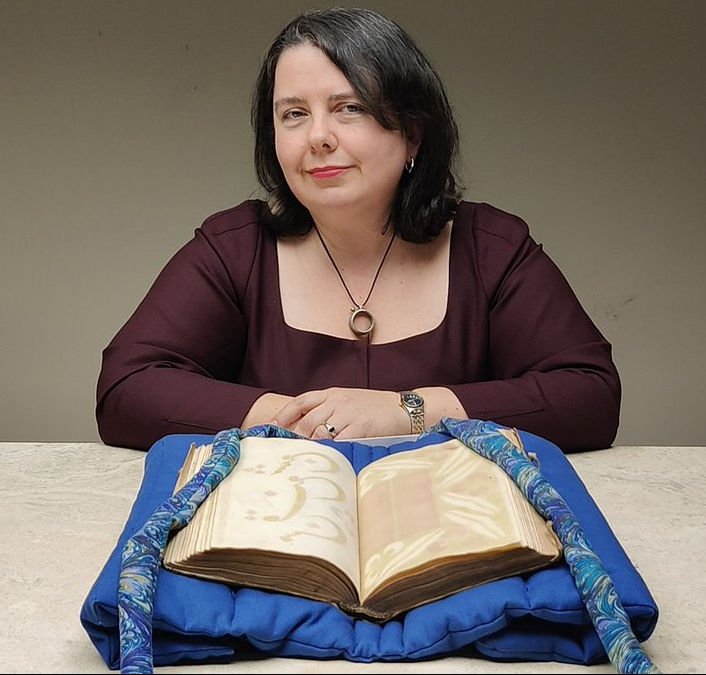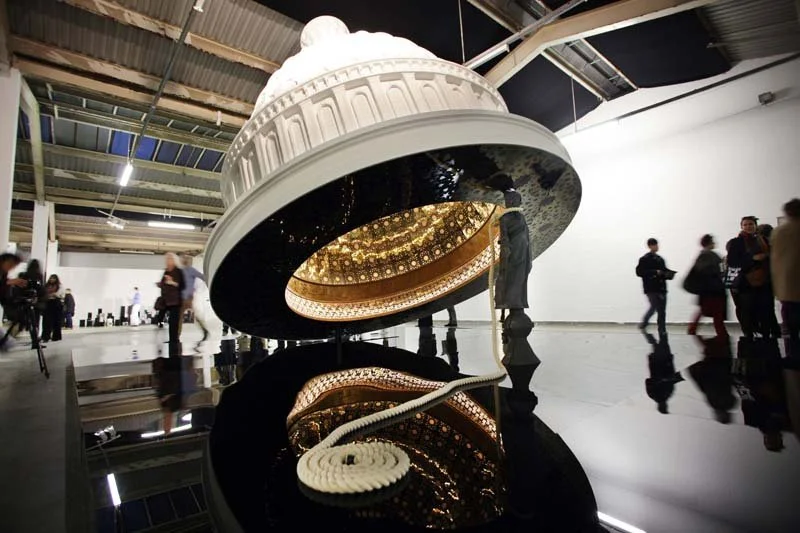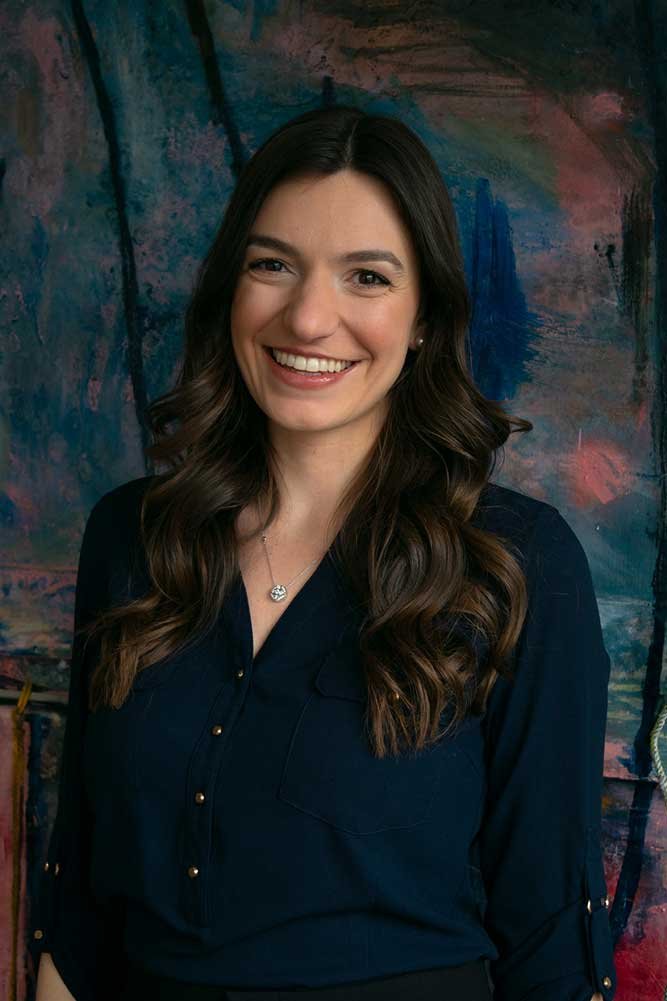A Conversation with Artist HANNA JENNINGS
Exploring ideas, art and the creative process connects me to people and the way they feel. I'd love to express togetherness through individuality. Like each person, each piece is unique alone, but when collaged all together, it makes something beautiful, like a more unified world, comprised of stories and reflections of "soul" the perhaps others might relate to. Art creates a less shallow relationship between you, the artist, and the viewer. I am an empath and feel deeply about people, places, and the art they bring to the table. I really love hearing about cultures, personal experiences, and how people create in order to communicate, when sometimes words have a hard time doing it. I love how a bunch of people can all be staring at one painting, but have separate experiences, but at the same time, can come together to share and learn to understand one another from a more intimate perspective.



















